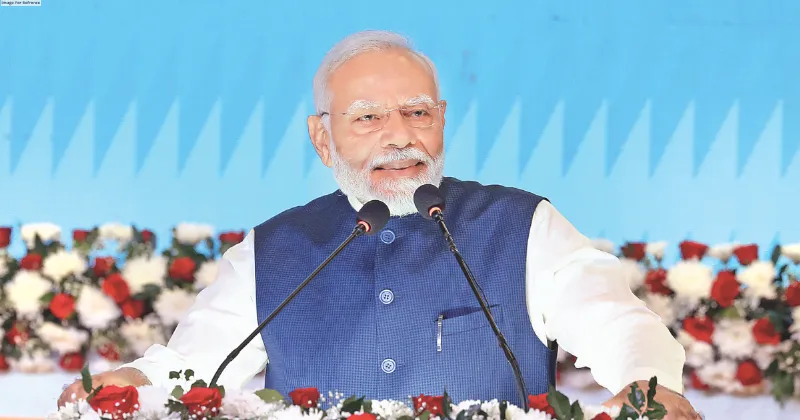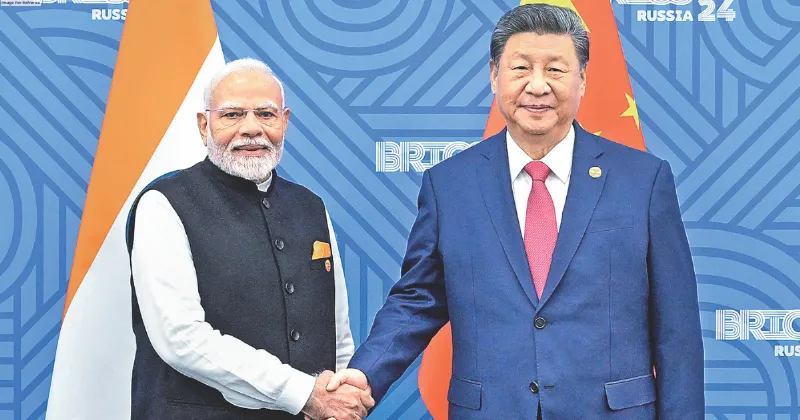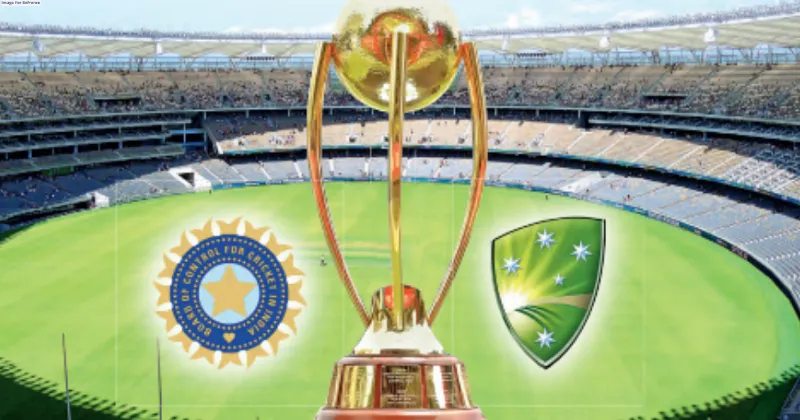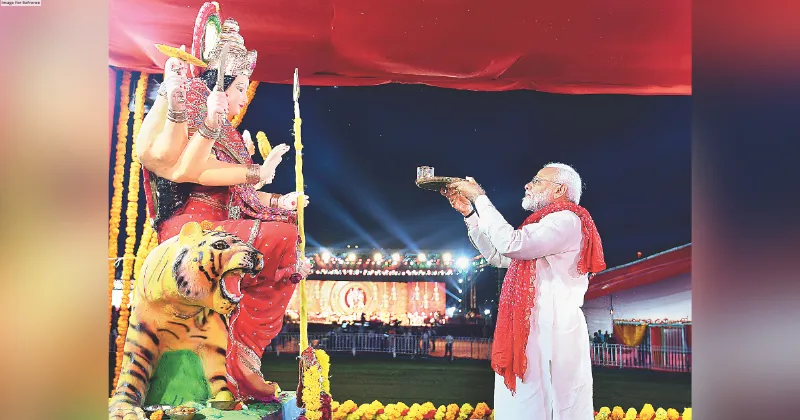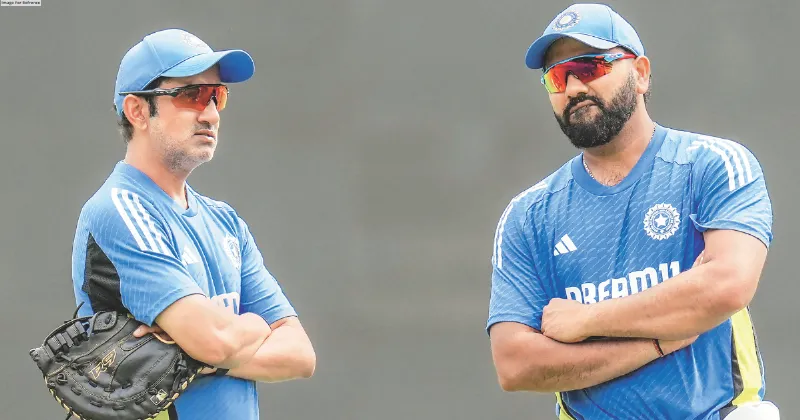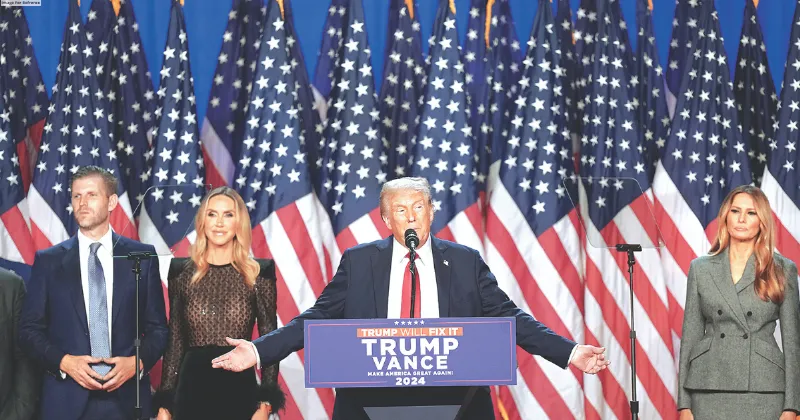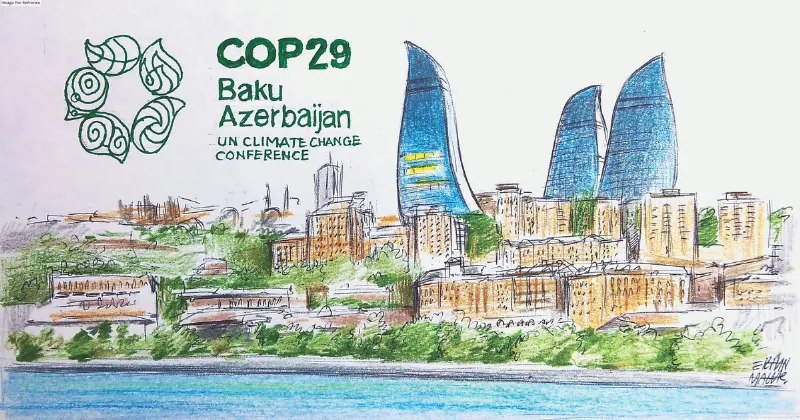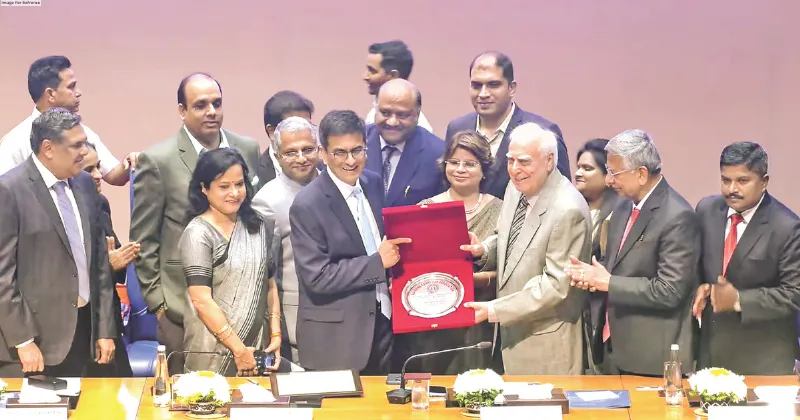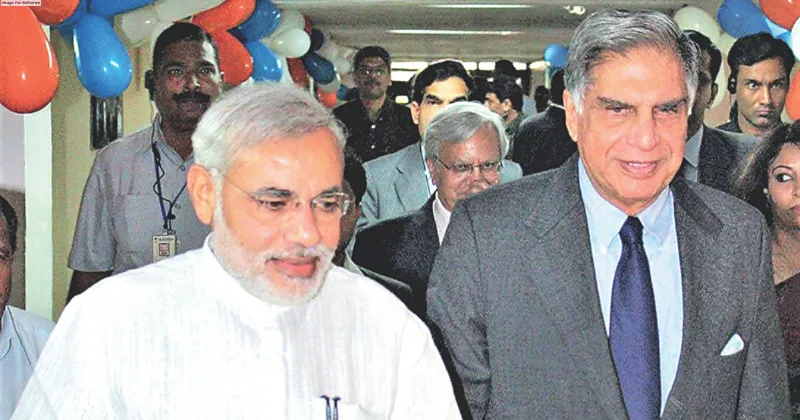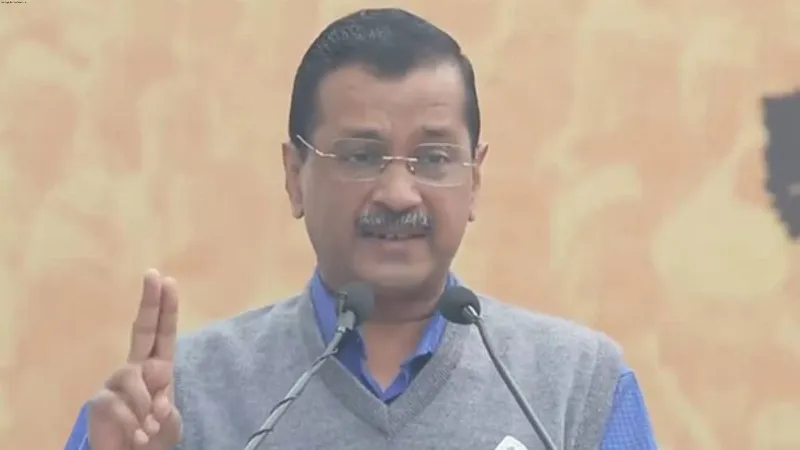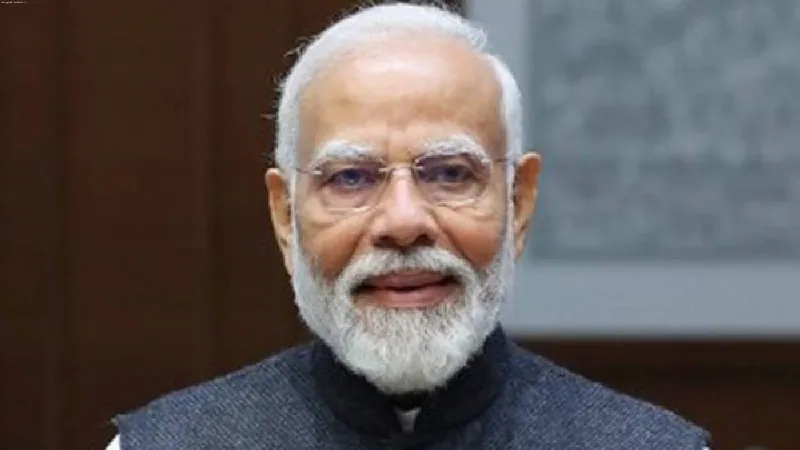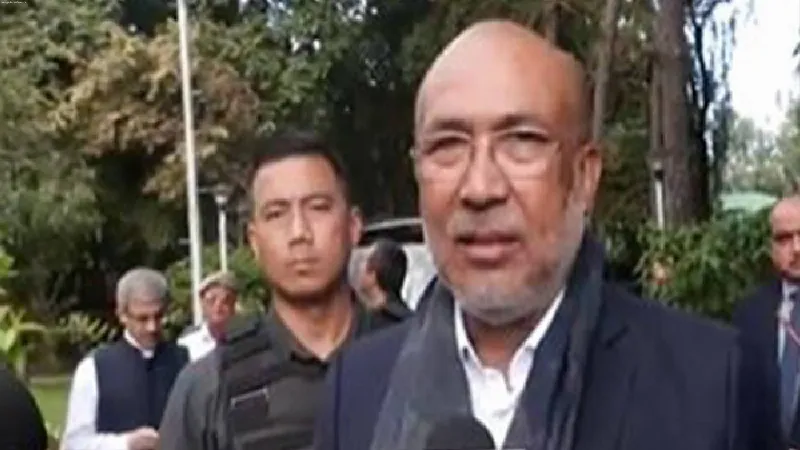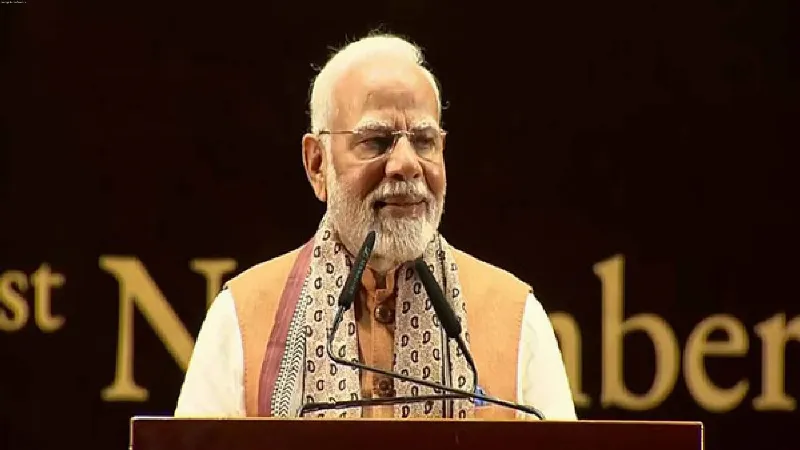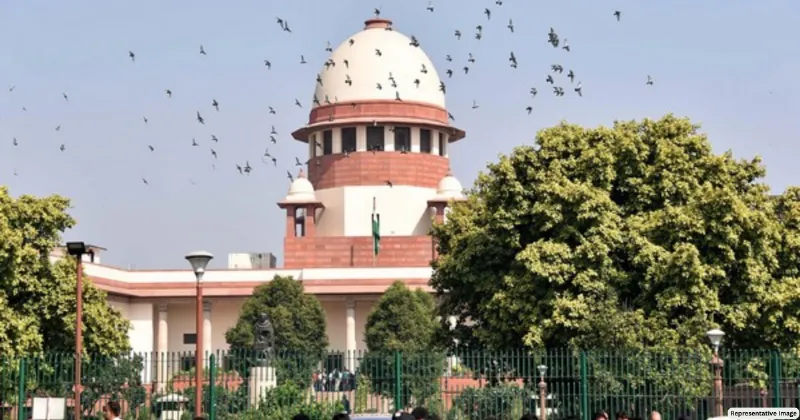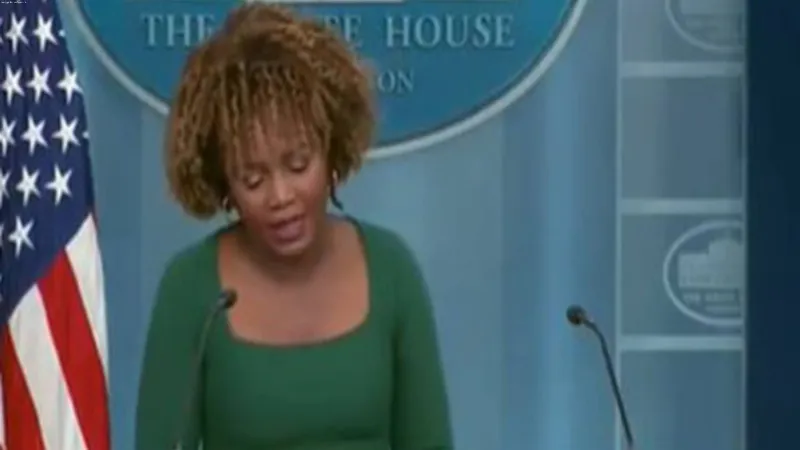Latest News
(IN)VIOLABILITY OF ARTICLE 370 EXPLORED

Upon adoption of the Constitution of India, the preamble proclaimed, amidst other objectives, that we resolve to secure to all citizens fraternity assuring unity and integrity of the nation. At this juncture, it will be pertinent to bring up constitutional scheme of territorial description of our country. Article 1 of the Constitution proclaims India, that is Bharat, shall be a Union of States whose territories are specified in First Schedule. Jammu & Kashmir finds a mention at serial number 15 of the First Schedule.
The Preamble of the Constitution of Jammu and Kashmir, adopted in 1957, also echoed the same solidarity with the Union of India by postulating that “we the people of the state of Jammu and Kashmir, having solemnly resolved, in pursuance of the accession of this State to India…..to further define the existing relationship of the State with the Union of India as an integral part thereof.” Section 3 of the J&K constitution characterizes relationship of the State with the Union of India by legislating that “the State of Jammu and Kashmir is and shall be an integral part of the Union of India.” Interestingly, Section 147 of J&K Constitution lays down that “no Bill or amendment seeking to make any change in provisions of section 3 or the provisions of the Constitution of India as applicable, in relation to the State, shall be introduced or moved in either House of the Legislature.” To me, the Constituent Assembly of J&K reposed its conviction in the primacy of the Indian Constitution – which is – to borrow Hans Kelsen’s term “grundnorm,” – the ultimate source of authority in our legal system. In this pyramid-like legal structure, Indian Constitution, so to say, derives its inverse validity and authority from the Constitution of J&K also.
It is apposite to state that princely states, including Jammu & Kashmir, were not precisely independent sovereign states for they were under subsidiary alliance and subject to suzerainty of the British Crown. Sir William Blackstone, a noted English jurist, has defined sovereignty as “the supreme, irresistible, absolute, uncontrolled authority in which jura summi imperii (right of supreme dominion) resides. This concept is central to modern states and is considered as an essential attribute of sovereignty. Maharaja of Jammu & Kashmir, also didn’t enjoy “sovereignty,” in true sense of the term. Apex Court has held in the case of State Bank of India vs. Santosh Gupta (2017) 2 SCC 538 that the word sovereign has been “wholly omitted from the preamble of J&K constitution. There is no reference to sovereignty…….It is thus clear that the state of J&K has no vestige of sovereignty outside the Constitution of India.” Appropriately, Article 370 (1) (c) reiterates that Article 1 (that India is a Union of States as specified in First Schedule) applies to the state of J&K. The sole aim of this restatement is to impress upon that J&K is an integral part of our Union, though it may have had a separate constitution. Admittedly, Indian Union is a political entity in which provinces and princely states have come together with a more powerful central government. It is different from a federation where states and centre share authority more equally.
The current disagreement is that the special position of J&K could not have been unilaterally altered by Presidential notification dated 5th August, 2019 because the proviso to Article 370 (3) says that President may by public notification declare that this article shall cease to be operative with prior recommendation of the Constituent Assembly of the state. It is well known that the Constituent Assembly of J&K served out its term in 1957, more than 66 years ago without making any recommendation about retraction of special status of J&K. A significant query which presents itself is: did the Constituent Assembly of J&K acquiesce in in the power of the President to unilaterally annul special status of J&K as it was an “interim system” in the words of Shri N. Gopalaswami Ayyangar. It is an arguable point as to why the Constituent Assembly of J&K did not express its firm view about (in)violability of Article 370, before it wound up. An answer may be found in the interpretation of Article 370 (1) (d), by Supreme Court when it held that the power to modify includes the power to enlarge or add to an existing provision (S. Sant Singh vs. State of Jammu & Kashmir, AIR 1959 J&K 35) or to abrogate it, if necessary (Puranlal Lakhanpal vs. President of India (AIR 1961 SC 1519).
Another contention is that scrapping of distinctive position of J&K violates the doctrine of basic features. Hon’ble Supreme Court has laid down in a catena of judgments that Parliament can amend the constitution without altering its basic structure. Article 370 is selfapplying Article and applies “ex proprio vigore,” without having to depend upon any other article for its enforceability and is a special provision for amending the Constitution in its application to J&K. The Presidential notifications under Article 370 (3) are not amendments of the constitution under Article 368. Apex Court has held that Article 368 does not curtail the power of the President under Article 370 (Sampat Prakash vs. State of J&K (AIR 1970 SC 1118).
President of India has been issuing the Constitution (Application to Jammu & Kashmir) Order since 1950 under Article 370. Under these orders, the constitutional relationship between the Union and State has constantly been adjusted and increasingly brought pari passu with that existing between the Union and other states. Nevertheless, as the Apex Court delves into the matter, it becomes crucial to strike a balance between historical agreements and the evolving needs of a harmonious constitutional landscape. The enigma surrounding Article 370 encapsulates the intricate interplay of history, legality, and the aspirations of the people of Jammu & Kashmir within an integrated Indian Union.
THE VIEWS EXPRESSED BY THE AUTHOR ARE PERSONAL
Shrawan Sawhney The writer is a retired IAS officer

